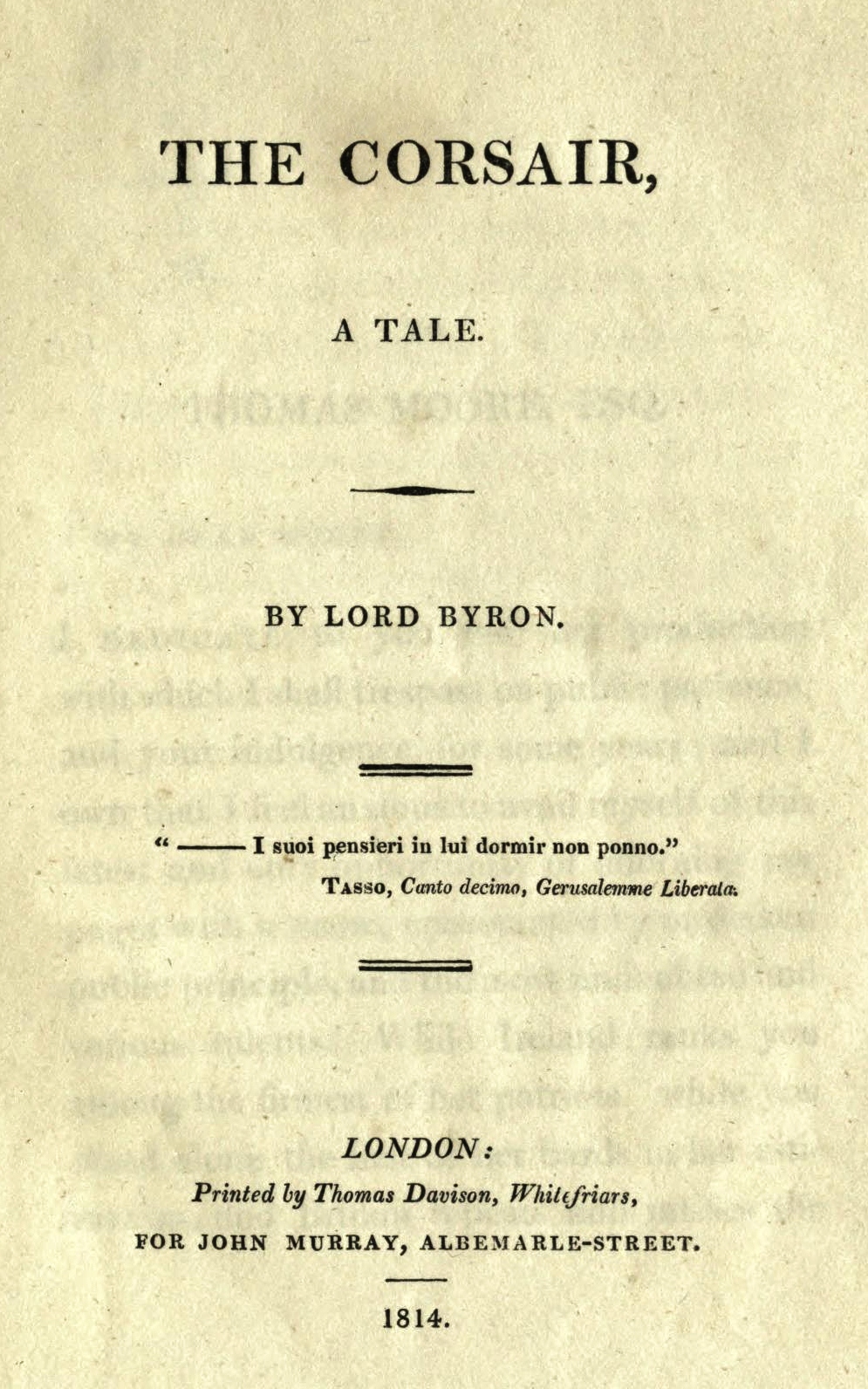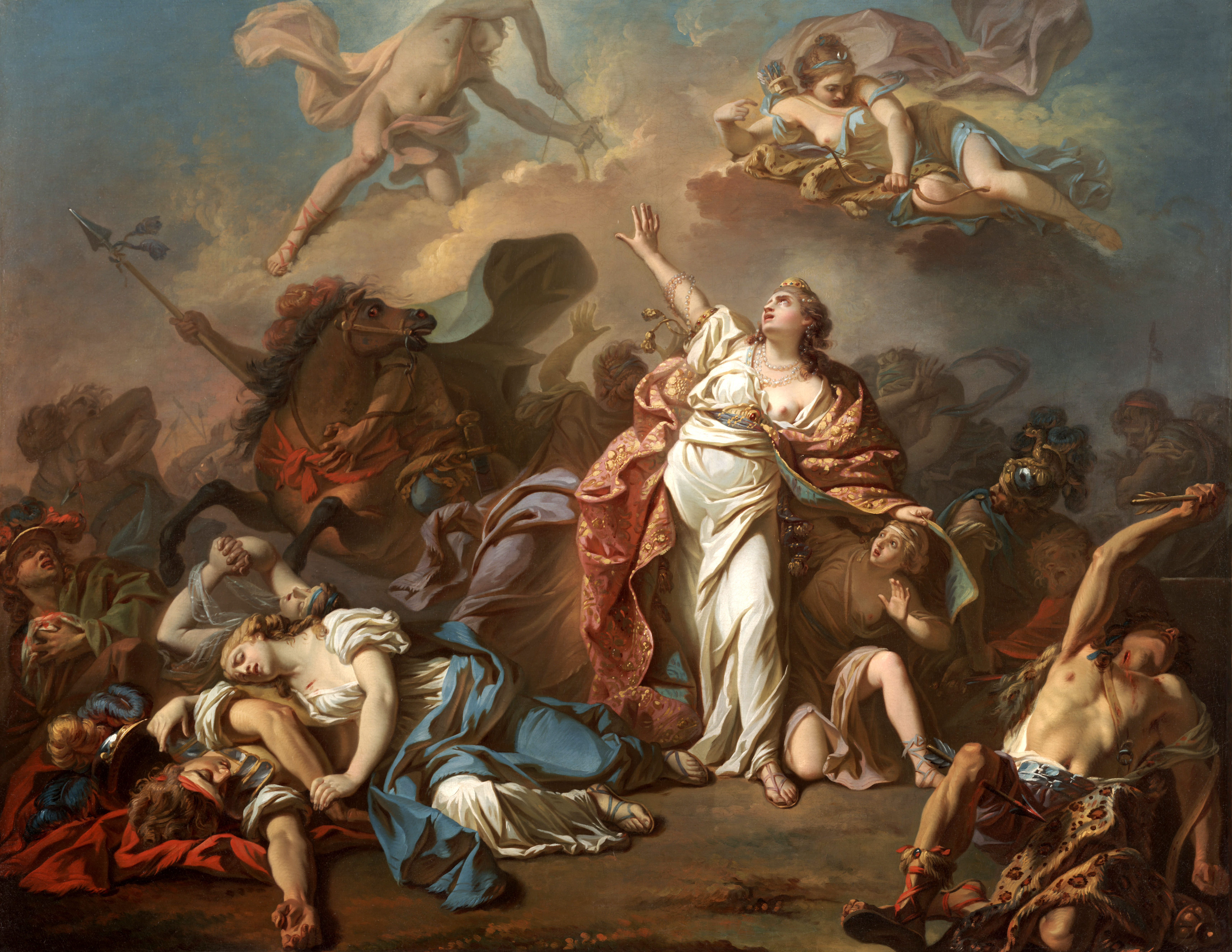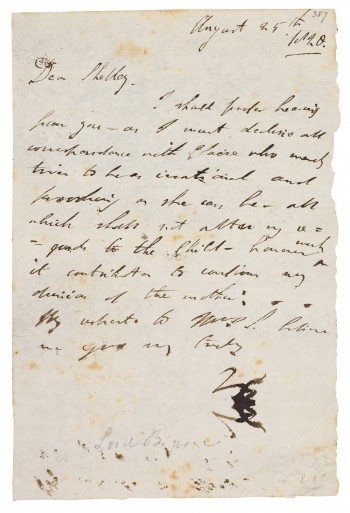|
The Bride Of Abydos
''The Bride of Abydos'' is a poem written by Lord Byron in 1813. One of his earlier works, ''The Bride of Abydos'' is considered to be one of his "Heroic Poems", along with '' The Giaour'', '' Lara'', '' The Siege of Corinth'', '' The Corsair'' and '' Parisina''. These poems contributed to his poetic fame at the time in England. Plot Divided into two cantos, and further into more than a dozen stanzas each, ''The Bride of Abydos'' has a straightforward plot. After an initial description of the Turkish setting, the story opens with the ruler Giaffir rebuking his supposed son, Selim. Selim professes his love for his half-sister, Zuleika, Giaffir's daughter. Angered, the Pasha refuses Selim a key to the royal harem and upbraids him with insults. Zuleika herself appears, radiant in beauty, and soon she is forbidden to marry Selim; she tacitly complies. Later, she exclaims her love to Selim and mourns her fate that would be without him. He, in turn, decries Giaffir's judgment as wel ... [...More Info...] [...Related Items...] OR: [Wikipedia] [Google] [Baidu] |
The Bride Of Abydos (Delacroix)
''The Bride of Abydos'' (French – ''La Fiancée d'Abydos'') or ''Selim and Zuleika'' is the title of two works by Eugène Delacroix, one in the Museum of Fine Arts of Lyon (pre-1849) and another in the Louvre (1843–1849). Both works show the characters Selim and Zuleika from the poem of the same name by Lord Byron, written after he had swum the Hellespont between Abydos and Sestos in imitation of Leander Leander is one of the protagonists in the story of Hero and Leander in Greek mythology. Leander may also refer to: People * Leander (given name) * Leander (surname) Places * Leander, Kentucky, United States, an unincorporated community * Le .... References {{DEFAULTSORT:Bride of Abydos, The Paintings by Eugène Delacroix 1840s paintings Paintings in the Louvre by French artists Paintings in the collection of the Museum of Fine Arts of Lyon Water in art ... [...More Info...] [...Related Items...] OR: [Wikipedia] [Google] [Baidu] |
Chthonic
The word chthonic (), or chthonian, is derived from the Ancient Greek word ''χθών, "khthon"'', meaning earth or soil. It translates more directly from χθόνιος or "in, under, or beneath the earth" which can be differentiated from Γῆ, or "ge", which speaks to the living surface of land on the earth. In Greek, chthonic is a descriptive word for things relating to the underworld and can be used in the context of chthonic gods, chthonic rituals, chthonic cults, and more. This is as compared to the more commonly referenced Olympic gods and their associated rites and cults. Olympic gods are understood to reference that which exists above the earth, particularly in the sky. Gods that are related to agriculture are also considered to have chthonic associations as planting and growing takes place in part under the earth. Chthonic deities Chthonic and ouranic, or olympic, are not completely opposite descriptors. They do not cleanly differentiate types of gods and worship in ... [...More Info...] [...Related Items...] OR: [Wikipedia] [Google] [Baidu] |
1814 In Literature
This article contains information about the literary events and publications of 1814. Events * January 14 (January 2 O.S.) – The Imperial Public Library in Saint Petersburg opens to the public. *January 26 – Actor Edmund Kean makes his London début in the leading rôle of Shylock at the Theatre Royal, Drury Lane. * February 1 – Lord Byron's semi-autobiographical tale in verse ''The Corsair'' is published by John Murray in London and sells 10,000 copies on this day and over 25,000 in the first month, going through seven editions. His ''Lara'' sells 6,000 copies on publication in the summer. Walter Scott is to say of Byron's poetry: "He beat me out of the field in description of the stronger passions and in deep-seated knowledge of the human heart." *July 7 – Walter Scott's ''Waverley'', his first work of fiction and a major early historical novel in English, is published anonymously by Archibald Constable in Edinburgh, a week after Scott finishes it. It sells out in tw ... [...More Info...] [...Related Items...] OR: [Wikipedia] [Google] [Baidu] |
Niobe
In Greek mythology, Niobe (; grc-gre, Νιόβη ) was a daughter of Tantalus and of either Dione, the most frequently cited, or of Eurythemista or Euryanassa, the wife of Amphion and the sister of Pelops and Broteas. Her father was the ruler of a city located near Manisa in today's Aegean Turkey that was called "Tantalis" or "the city of Tantalus", or "Sipylus". The city was located at the foot of Mount Sipylus and its ruins were reported to be still visible at the beginning of the 1st century AD, although few traces remain today. Pliny reports that Tantalis was destroyed by an earthquake and the city of Sipylus ( Magnesia ad Sipylum) was built in its place. Niobe's father is referred to as " Phrygian" and sometimes even as "King of Phrygia", although his city was located in the western extremity of Anatolia where Lydia was to emerge as a state before the beginning of the first millennium BC, and not in the traditional heartland of Phrygia, situated more inland. There ... [...More Info...] [...Related Items...] OR: [Wikipedia] [Google] [Baidu] |
Paul West (writer)
Paul Noden West (23 February 1930 – 18 October 2015) was a British-born American novelist, poet, and essayist. He was born in Eckington, Derbyshire in England to Alfred and Mildred (Noden) West. Before his death, he resided in Ithaca, New York, with his wife Diane Ackerman, a writer, poet, and naturalist. West is the author of more than 50 books. Early life West grew up in Eckington, a rural mining town in Derbyshire, England. His father, partly blinded in World War I, was often unemployed. His mother, a talented pianist, gave private lessons to help support the family. She encouraged West in his love of words and his literary ambitions. In a 1989 interview by author and literary critic David W. Madden, West said he was also encouraged by three teachers, "amazing women who taught English, French, and Latin and Greek" at an otherwise "mediocre grammar school". They were, he said, "...marvelous to me. They encouraged me because they felt I had some gift for languages and s ... [...More Info...] [...Related Items...] OR: [Wikipedia] [Google] [Baidu] |
Satires (Horace)
The ''Satires'' ( la, Satirae or ''Sermones'') is a collection of satirical poems written by the Roman poet Horace. Composed in dactylic hexameters, the ''Satires'' explore the secrets of human happiness and literary perfection. Published probably in 35 BC and at the latest, by 33 BC, the first book of ''Satires'' represents Horace's first published work. It established him as one of the great poetic talents of the Augustan Age. The second book was published in 30 BC as a sequel. In his ''Sermones'' (Latin for "conversations") or ''Satires'' (Latin for "miscellaneous poems"), Horace combines Epicurean, that is, originally Greek, philosophy with Roman good sense to convince his readers of the futility and silliness of their ambitions and desires. As an alternative, he proposes a life that is based on the Greek philosophical ideals of ''autarkeia'' (Greek for "inner self-sufficiency") and ''metriotes'' (Greek for "moderation" or sticking to the Just Mean). In ''S.'' 1.6.110–13 ... [...More Info...] [...Related Items...] OR: [Wikipedia] [Google] [Baidu] |
Horace
Quintus Horatius Flaccus (; 8 December 65 – 27 November 8 BC), known in the English-speaking world as Horace (), was the leading Roman lyric poet during the time of Augustus (also known as Octavian). The rhetorician Quintilian regarded his '' Odes'' as just about the only Latin lyrics worth reading: "He can be lofty sometimes, yet he is also full of charm and grace, versatile in his figures, and felicitously daring in his choice of words."Quintilian 10.1.96. The only other lyrical poet Quintilian thought comparable with Horace was the now obscure poet/metrical theorist, Caesius Bassus (R. Tarrant, ''Ancient Receptions of Horace'', 280) Horace also crafted elegant hexameter verses ('' Satires'' and ''Epistles'') and caustic iambic poetry ('' Epodes''). The hexameters are amusing yet serious works, friendly in tone, leading the ancient satirist Persius to comment: "as his friend laughs, Horace slyly puts his finger on his every fault; once let in, he plays about the heartstrin ... [...More Info...] [...Related Items...] OR: [Wikipedia] [Google] [Baidu] |
Byron's Letters
The letters of Lord Byron, of which about 3,000 are known, range in date from 1798, when Byron was 10 years old, to 9 April 1824, a few days before he died. They have long received extraordinary critical praise for their wit, spontaneity and sincerity. Many rate Byron as the greatest letter-writer in English literature, and consider his letters comparable or superior to his poems as literary achievements. They have also been called "one of the three great informal autobiographies in English", alongside the diaries of Samuel Pepys and James Boswell. Their literary value is reflected in the huge prices collectors will pay for them; in 2009 a sequence of 15 letters to his friend Francis Hodgson was sold at auction for almost £280,000. Analysis Although in his letters Byron adapted his style and stance to his different correspondents, they all share an unstudied, unliterary appearance, an "offhand eloquence", which at its best resembles the talk of a conversationalist of genius. ... [...More Info...] [...Related Items...] OR: [Wikipedia] [Google] [Baidu] |
Parisina
''Parisina'' is a 586-line poem written by Lord Byron. It was probably written between 1812 and 1815, and published on 13 February 1816. It is based on a story related by Edward Gibbon in his '' Miscellaneous Works'' (1796) about Niccolò III d'Este, one of the dukes of Ferrara in the 15th century. Niccolò found out that Parisina Malatesta, his second wife, had an incestuous relationship with his bastard son Ugo and had both of them put to death. In Byron's poem, Azo (his version of Niccolò) learns of the affair when Parisina mutters the name of Hugo (Ugo) in her sleep. In another embellishment by Byron, Parisina and Hugo were engaged to be married before Azo decided to marry her. Also, Azo sentences only Hugo to death; Parisina's fate is unknown, except for the fact that she is forced to witness Hugo's execution and utters a shriek that indicates approaching madness. Azo is tormented by his decision. Operas * ''Parisina'' by Gaetano Donizetti, after a libretto by Felice Rom ... [...More Info...] [...Related Items...] OR: [Wikipedia] [Google] [Baidu] |
Lord Byron
George Gordon Byron, 6th Baron Byron (22 January 1788 – 19 April 1824), known simply as Lord Byron, was an English romantic poet and peer. He was one of the leading figures of the Romantic movement, and has been regarded as among the greatest of English poets. Among his best-known works are the lengthy narratives ''Don Juan'' and '' Childe Harold's Pilgrimage''; many of his shorter lyrics in '' Hebrew Melodies'' also became popular. Byron was educated at Trinity College, Cambridge, later traveling extensively across Europe to places such as Italy, where he lived for seven years in Venice, Ravenna, and Pisa after he was forced to flee England due to lynching threats. During his stay in Italy, he frequently visited his friend and fellow poet Percy Bysshe Shelley. Later in life Byron joined the Greek War of Independence fighting the Ottoman Empire and died leading a campaign during that war, for which Greeks revere him as a folk hero. He died in 1824 at the age of 3 ... [...More Info...] [...Related Items...] OR: [Wikipedia] [Google] [Baidu] |
The Corsair
''The Corsair'' (1814) is a long tale in verse written by Lord Byron (see 1814 in poetry) and published by John Murray in London. It was extremely popular, selling ten thousand copies on its first day of sale, and was influential throughout the following century, inspiring operas, music and ballet. The 180-page work was dedicated to Irish poet Thomas Moore. Background The poetry, divided into cantos (like Dante's ''Divine Comedy''), narrates the story of the corsair or privateer Conrad. It says that in his youth he was rejected by society because of his acts and his later war against humanity (excepting women). In this 180-page tale, the figure of the Byronic hero emerges, "that man of loneliness and mystery", who perceives himself a "villain", an anti-hero. The long poem was adapted for or inspired numerous other works in a variety of genres: the grand opera ''The Pacha's Bridal'' (1836), with music by Francis Romer and a libretto by Mark Lemon; the opera '' Il corsaro'' (184 ... [...More Info...] [...Related Items...] OR: [Wikipedia] [Google] [Baidu] |
The Siege Of Corinth (poem)
''The Siege of Corinth'' is a rhymed, tragic narrative poem by Lord Byron. Published in 1816 by John Murray in London with the poem ''Parisina'', it was inspired by the Ottoman massacre of the Venetian garrison holding the Acrocorinth in 1715 – an incident in the Ottoman reconquest of the Morea during the Ottoman-Venetian Wars. Overview Byron recounts the final, desperate resistance of the Venetians on the day the Ottoman army stormed Acrocorinth: revealing the closing scenes of the conflict through the eyes of Alp (a Venetian renegade fighting for the Ottomans) and Francesca (the beautiful maiden daughter of the governor of the Venetian garrison: Minotti). Alp – whose impassioned suit for Francesca's hand had been previously refused by Minotti – had later fled the Venetian Empire after being falsely denounced by anonymous accusers via the infamous "Lion's Mouth" at the Doge's palace (see insert). Enlisting under the Turkish flag, he repudiates both his nationality ... [...More Info...] [...Related Items...] OR: [Wikipedia] [Google] [Baidu] |







